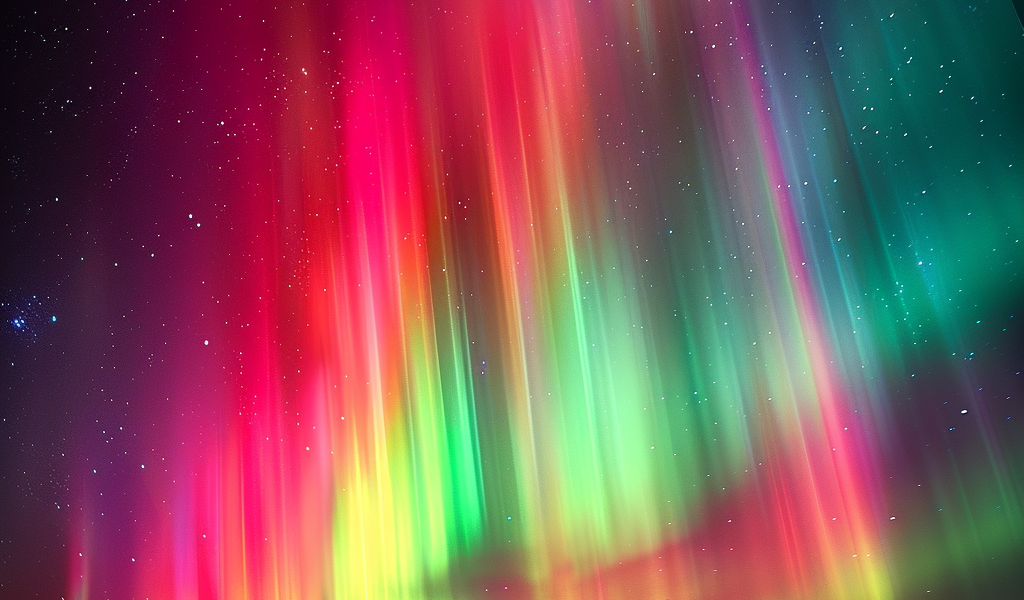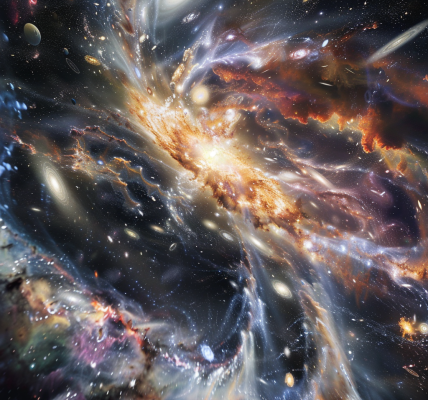A severe geomagnetic storm has reached Earth and is expected to continue through the weekend, as reported by the National Oceanic and Atmospheric Administration’s Space Weather Prediction Center on Friday. The solar storm has the potential to disrupt various systems including communications, the electric power grid, and navigation, radio, and satellite operations.
NOAA space weather forecasters have observed multiple coronal mass ejections (CMEs) from the Sun, with the first one reaching Earth on Friday afternoon. These CMEs pose a threat to satellites, infrastructure, and communication networks. The NOAA center is closely monitoring the storm and will issue additional warnings if necessary.
Notably, NOAA issued a rare Severe (G4) Geomagnetic Storm Watch this week, marking its first alert of this kind in 19 years. Clinton Wallace, the director of NOAA’s Space Weather Prediction Center, described the event as ‘unusual and potentially historic.’ The agency reported extreme G5 geomagnetic conditions reaching Earth for the first time since 2003.
The strong solar storm is expected to produce vibrant displays of the aurora borealis, also known as the Northern Lights, from Friday to Sunday. The forecast suggests that the aurora may be visible across a wide area in the northern half of the United States, potentially reaching as far south as Alabama and Northern California. There are even indications that it could be seen as low as Florida, southern Texas, and southern California.
Auroras are characterized by colorful curtains of light, with hues of green, red, and purple. States in the northern tier of the U.S. bordering Canada, such as northern Montana, Minnesota, Wisconsin, and North Dakota, are likely to have the best viewing opportunities. Forecast models indicate that the aurora activity will peak from Friday night to Saturday morning Eastern time.
Images of the aurora in Europe, featuring a pink glow, have been circulating on social media, adding to the anticipation of the celestial event. For those interested in viewing the Northern Lights, monitoring space weather forecasts from reliable sources like NOAA’s Space Weather Prediction Center and the Geophysical Institute is recommended for the best viewing times.





